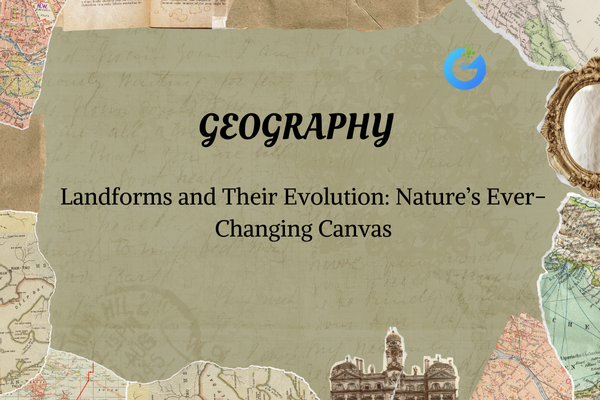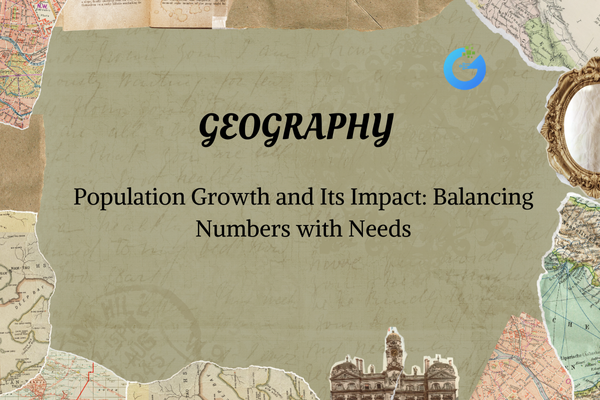Introduction
Look up at the night sky—those twinkling dots are not just stars. They are windows into the vast, mysterious world beyond our planet. The Solar System is our home in space, and it’s packed with exciting neighbors: planets, moons, comets, asteroids, and more!
Learning about the Solar System and celestial bodies isn’t just about memorizing names—it’s about understanding the fascinating way our universe works. Let’s journey through space and uncover the secrets of planets, stars, and everything in between!
expert-led Physics classes – visit our website to learn more
What is the Solar System?
The Solar System is a group of celestial bodies—including the Sun, eight planets, their moons, and other objects—that are bound together by gravity.
Definition:
The Solar System is a gravitationally bound system consisting of the Sun and the objects that orbit it.
Planets of the Solar System
There are eight major planets, divided into two groups:
| Group | Planets | Characteristics |
| Inner (Rocky) Planets | Mercury, Venus, Earth, Mars | Solid surface, smaller, closer to Sun |
| Outer (Gas Giants) | Jupiter, Saturn, Uranus, Neptune | Made of gas, larger, rings present in some |
Planets in Order from the Sun
Use the mnemonic: “My Very Educated Mother Just Served Us Noodles”
| Order | Planet | Fun Fact |
| 1st | Mercury | Smallest and closest to Sun |
| 2nd | Venus | Hottest planet, spins backwards! |
| 3rd | Earth | Our home and only planet with life |
| 4th | Mars | Known as the Red Planet |
| 5th | Jupiter | Largest planet with strong storms |
| 6th | Saturn | Famous for its beautiful rings |
| 7th | Uranus | Spins on its side |
| 8th | Neptune | Coldest, windiest planet |
Moons (Natural Satellites)
Moons are celestial bodies that orbit planets.
- Earth has 1 moon.
- Jupiter has over 75 moons!
- Some moons, like Saturn’s Titan and Jupiter’s Europa, may even support life.
Other Celestial Bodies
| Type | Description | Example |
| Asteroids | Rocky objects orbiting the Sun, mostly between Mars and Jupiter | Ceres |
| Comets | Made of ice and dust; have tails when near Sun | Halley’s Comet |
| Meteoroids | Small rocks floating in space | Shooting stars (when they enter Earth’s atmosphere) |
| Dwarf Planets | Smaller than main planets, not dominant in orbit | Pluto, Eris |
The Sun: The Center of the Solar System
The Sun is a giant ball of hot gases that gives us light and heat. It’s a star, and its gravity holds the Solar System together.
| Fact | Description |
| Type | Medium-sized star (Yellow Dwarf) |
| Age | ~4.6 billion years |
| Composition | Mostly hydrogen and helium |
| Energy Source | Nuclear fusion reactions |
Orbits and Gravity
All planets stay in their orbits because of the Sun’s gravity. The farther a planet is from the Sun, the longer it takes to orbit.
Earth: A Unique Planet
Earth is perfectly placed in the “Goldilocks Zone” where it’s not too hot or too cold—ideal for life!
| Feature | Why It Matters |
| Atmosphere | Protects us and supports life |
| Water | Covers 70% of the planet |
| Moon | Stabilizes Earth’s tilt and seasons |
Tools to Study the Solar System
| Tool | What It Does |
| Telescopes | See distant celestial bodies |
| Satellites | Orbit Earth and gather data |
| Space Probes | Travel to other planets and send information |
| Rovers | Land on planets to explore the surface (e.g., Mars rovers) |
Beyond the Solar System: Stars and Galaxies
- A star is a giant glowing ball of gas.
- A galaxy is a group of billions of stars.
- Our Solar System is part of the Milky Way Galaxy.
- The universe contains billions of galaxies!
FAQs
Why is Pluto not a planet anymore?
Because it doesn’t clear its orbit of other objects, so it’s classified as a dwarf planet.
What is the difference between a star and a planet?
Stars produce their own light; planets reflect light and orbit stars.
Why do planets orbit the Sun?
Due to the Sun’s massive gravity pulling them in, combined with their motion.
What is a shooting star?
It’s a meteoroid burning up in Earth’s atmosphere—not a real star.
Can we live on any other planet?
Not yet, but scientists are exploring Mars and moons like Europa for future possibilities.
Fun Facts About the Solar System
- Jupiter is so big that over 1,300 Earths could fit inside!
- A day on Venus is longer than its year!
- Uranus spins sideways like it’s rolling on its orbit.
- The Moon is slowly moving away from Earth every year!
- The Sun is so massive, it contains 99.8% of all the mass in the Solar System.
Conclusion
The Solar System and its celestial bodies are part of a vast, incredible universe. From our life-giving Sun to the cold outer planets, each object has its own story. Understanding them helps us appreciate our own planet and sparks our imagination about space travel, other worlds, and the mysteries beyond.
So next time you gaze up at the stars, remember—there’s a whole cosmic family up there, and Earth is just one amazing member of it!







